1. Florida: The Snake Capital of the U.S.
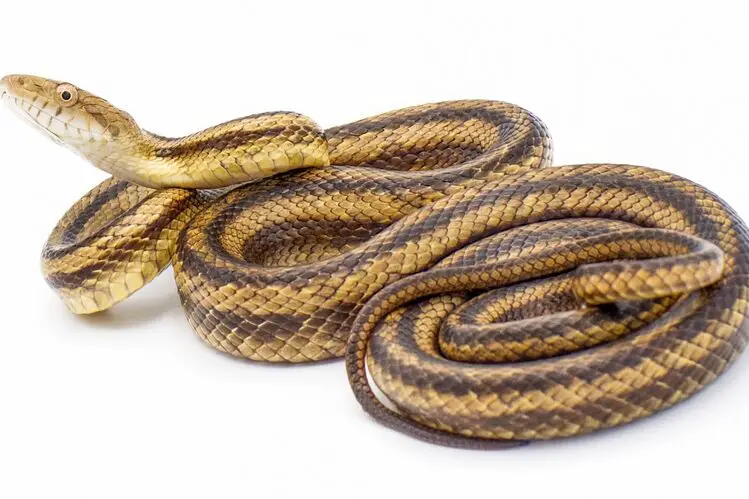
According to Florida Fish and Wildlife Conservation, Florida is practically synonymous with snakes, boasting one of the most diverse snake populations in the country. From harmless garden snakes to the infamous Burmese pythons overrunning the Everglades, the Sunshine State is crawling with slithering surprises. Florida’s warm, humid climate makes it an ideal habitat for snakes, including venomous species like the eastern diamondback rattlesnake, cottonmouths, and coral snakes. Burmese pythons, in particular, have become an invasive nightmare, disrupting ecosystems and competing with native species.
For residents and visitors alike, hiking or kayaking often comes with the thrill (or horror) of a snake sighting. While most snakes are non-aggressive, the sheer number of them increases your chances of encountering one. If you’re planning a trip to Florida, make sure to stick to designated trails and watch your step in swampy areas. Love wildlife? You’ll adore Florida. Afraid of snakes? You might want to rethink that vacation.
2. Texas: Everything’s Bigger, Including the Snakes
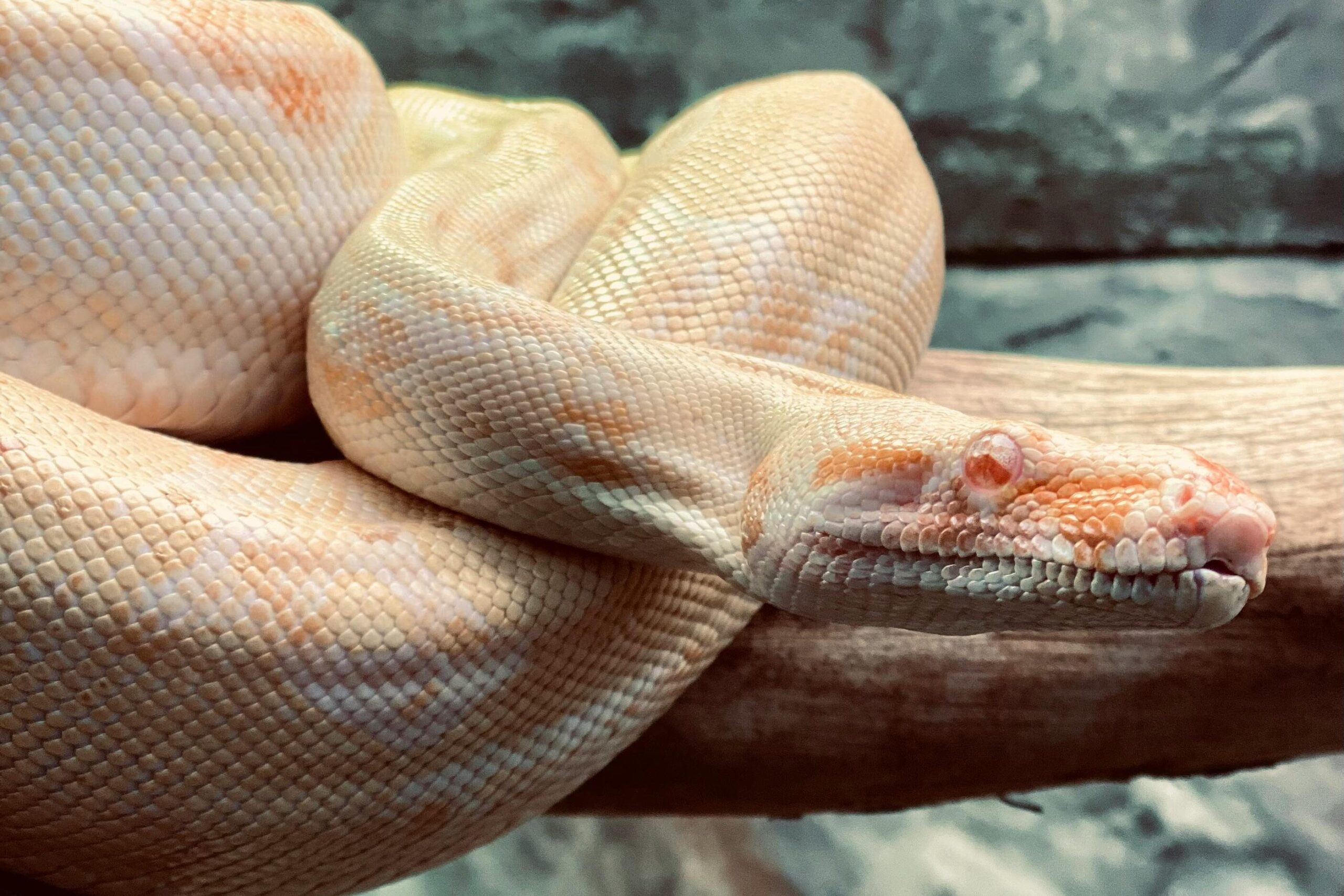
It’s no surprise that Texas, known for its larger-than-life reputation, is home to a massive variety of snakes. With over 100 species, Texas has more snakes than most other states, including venomous ones like the western diamondback rattlesnake, copperheads, and coral snakes. The arid landscapes of West Texas and the lush greenery of East Texas both provide prime snake habitats, so it’s safe to say that snakes are everywhere.
Texans, however, are used to sharing their state with these reptiles. Ranchers, hikers, and even suburban families have stories of snake encounters in backyards, fields, or hiking trails. It’s not uncommon to find snake safety tips in local guides or hear about “rattlesnake roundups” in smaller towns. If you’re headed to Texas, boots are more than a fashion statement—they’re snake protection. Texans take pride in their wildlife, but they also know how to stay cautious around it.
3. Arizona: Desert Rattlers Galore
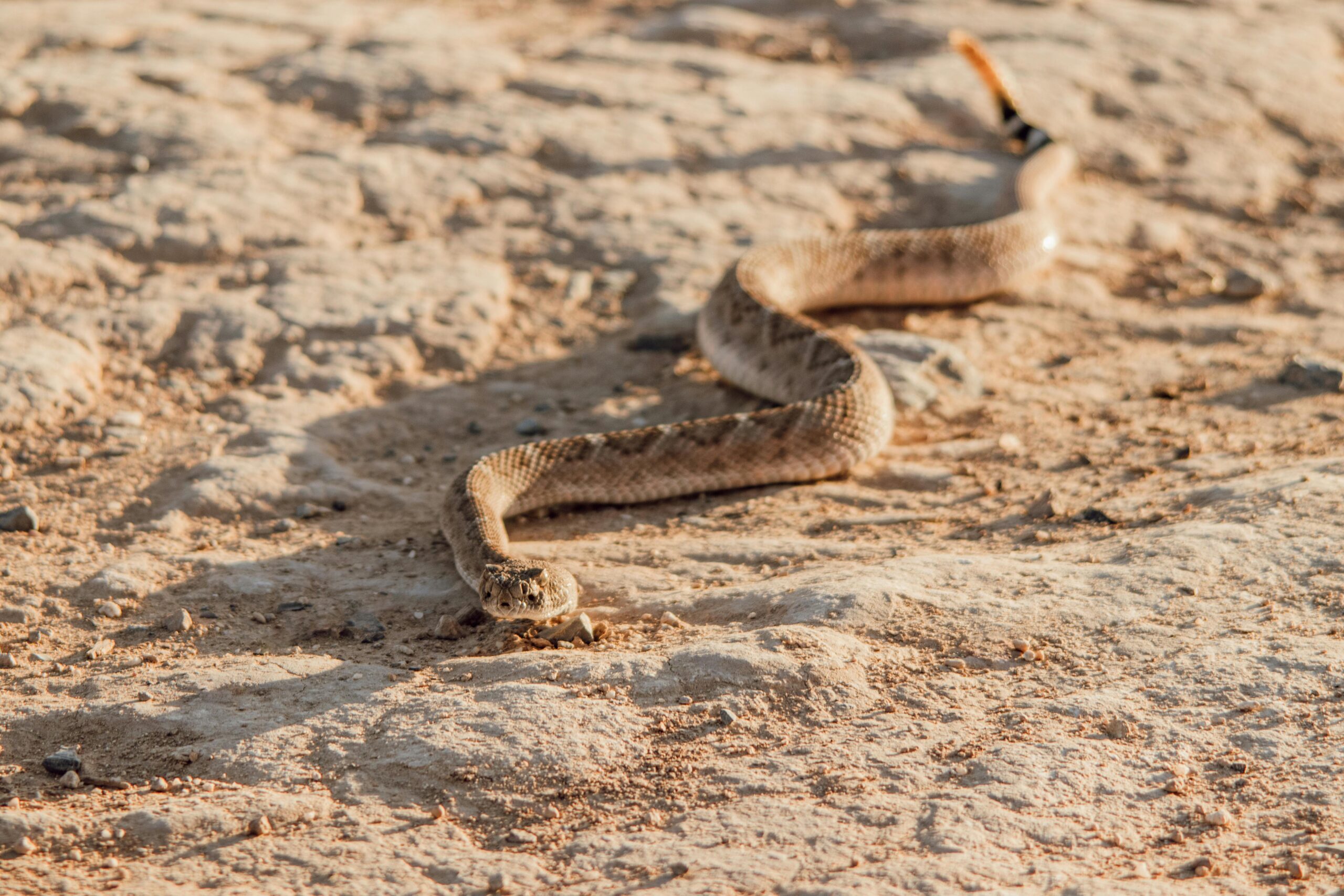
Arizona is home to an impressive number of rattlesnake species, making it a haven for snake enthusiasts—and a bit of a nightmare for the rest of us. With 13 different types of rattlesnakes, including the Mojave rattlesnake (known for its potent venom), the Grand Canyon State has more venomous species than any other state. Arizona’s desert landscape is the perfect backdrop for these reptiles, and sightings are particularly common during the warmer months.
For outdoor adventurers, keeping an eye on the ground is just part of the experience in Arizona. While snakes are generally shy and prefer to avoid humans, accidental encounters can still happen, especially when hiking or camping. Locals often joke that stepping over a rattlesnake is a rite of passage, but it’s also a reminder to stay alert. Arizona may be beautiful, but it comes with its fair share of slithering risks.
4. California: A Hidden Snake Hotspot
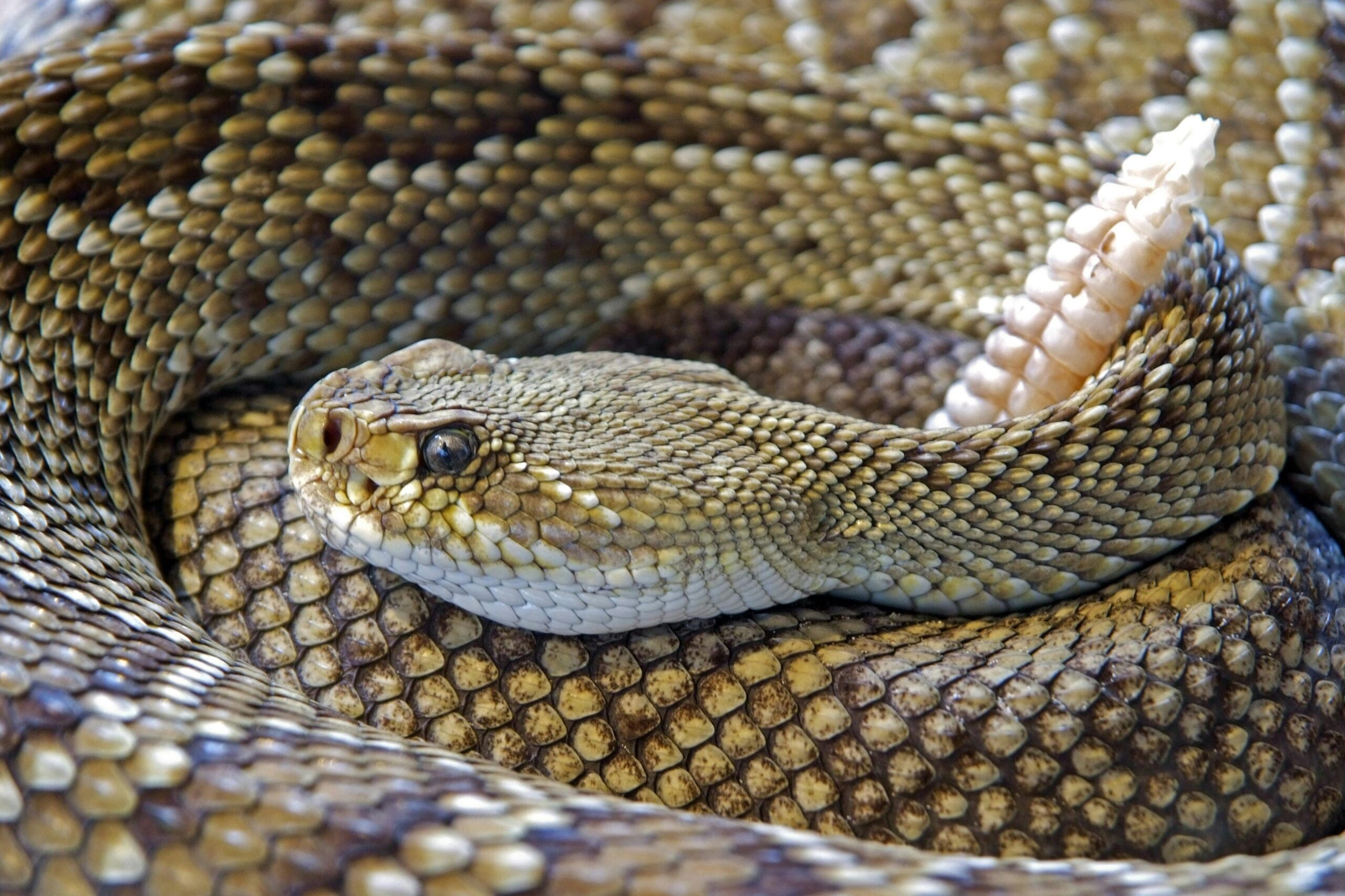
While California might be more famous for its beaches and Hollywood glam, it’s also home to plenty of snakes. The state’s diverse ecosystems, ranging from deserts to forests, make it a prime habitat for many species, including the venomous western rattlesnake. Snake sightings are particularly common in rural areas, but even urban dwellers occasionally report unexpected visits in their backyards.
Hiking trails in California are gorgeous but can also be a hotspot for snake activity, especially during warmer months. Residents often carry snakebite kits or trekking poles just in case. If you’re planning a California adventure, it’s wise to know which species to watch out for and how to handle a snake encounter. While the state offers stunning natural beauty, don’t forget that its wildlife comes with a few risks.
5. Georgia: A Snake Lover’s Dream
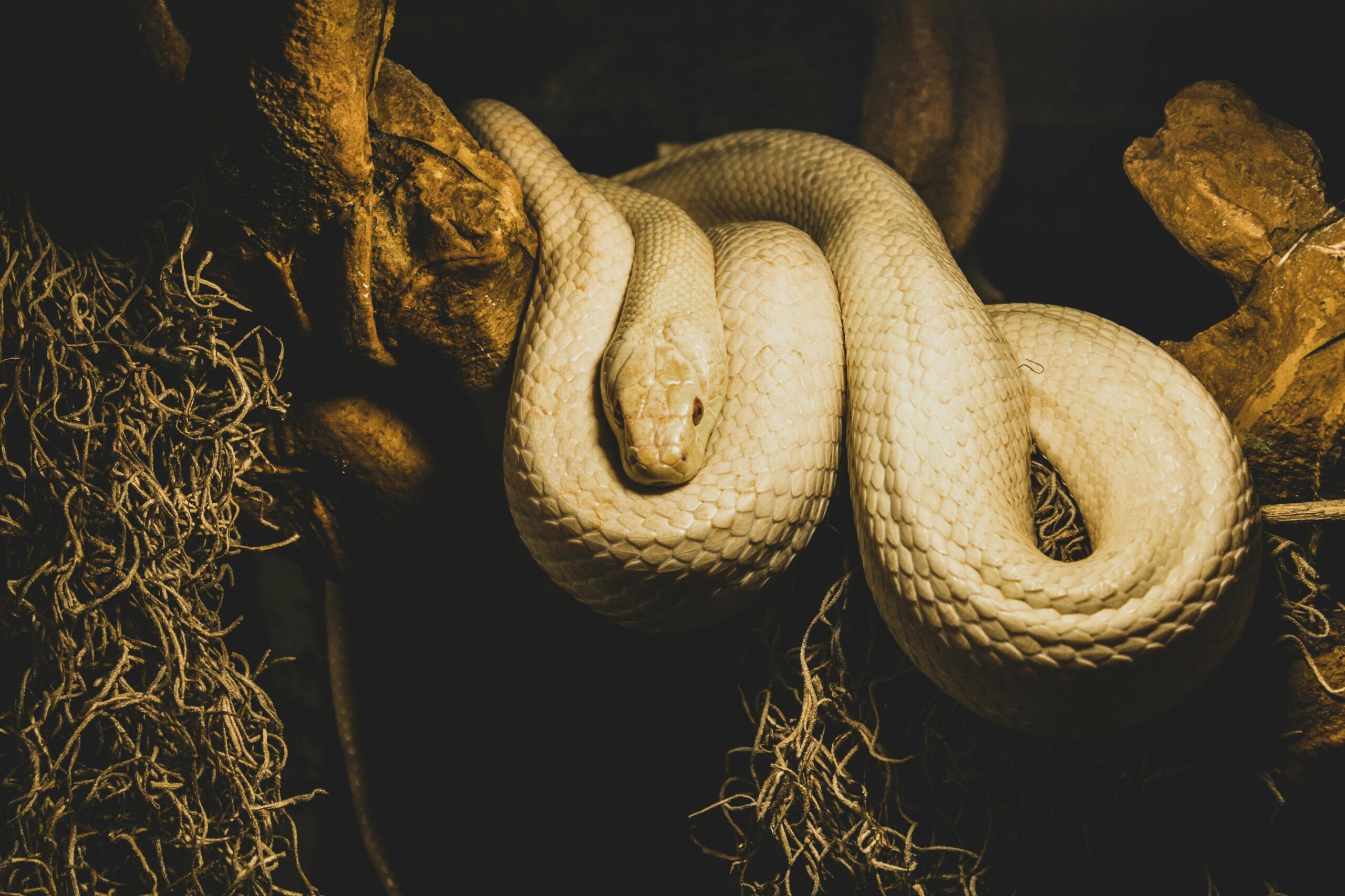
Georgia’s lush forests and humid climate make it a paradise for snakes. With over 40 species, including venomous ones like the copperhead and cottonmouth, the Peach State has a thriving snake population. While most snakes in Georgia are harmless, the state’s southeastern region is particularly notorious for encounters with dangerous species.
Snakes are often spotted near water sources or hiding under logs and rocks, so it’s essential to stay cautious during outdoor activities. Georgia residents often emphasize the importance of leaving snakes alone—most bites occur when people try to handle or harm them. Whether you love snakes or fear them, Georgia offers plenty of opportunities for wildlife enthusiasts and snake-spotters alike.
6. Louisiana: Bayous and Snakes, A Natural Pair
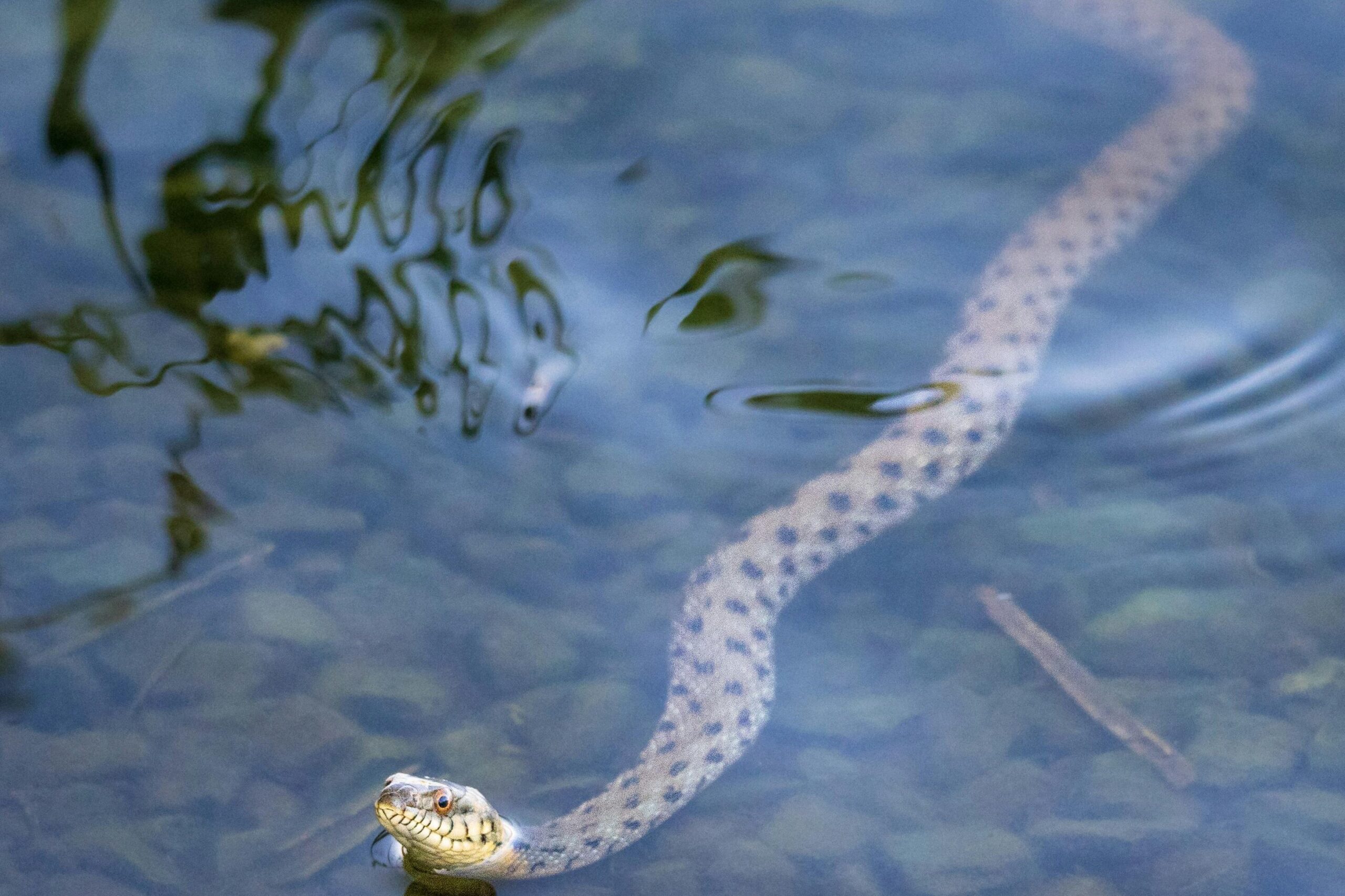
Louisiana’s swampy bayous and humid climate make it a prime location for snakes to thrive. From non-venomous water snakes to venomous species like the cottonmouth and copperhead, the state’s wetlands are teeming with reptiles. It’s common to see snakes lounging near rivers, hiding in tall grass, or even slithering across roads in rural areas. With Louisiana’s connection to water activities like fishing and boating, encounters with snakes are frequent and sometimes unavoidable.
Locals are well-versed in navigating snake habitats, often adopting a “live and let live” philosophy. For tourists, however, the sight of a snake sunbathing on a bayou dock can be unsettling. Wearing tall boots and sticking to well-trodden paths can help minimize encounters. Louisiana’s wildlife is undeniably fascinating, but if you’re not a fan of reptiles, you might want to stick to the cities. After all, the bayou is their turf, and they’re not shy about reminding you.
7. Alabama: The Land of Cottonmouths
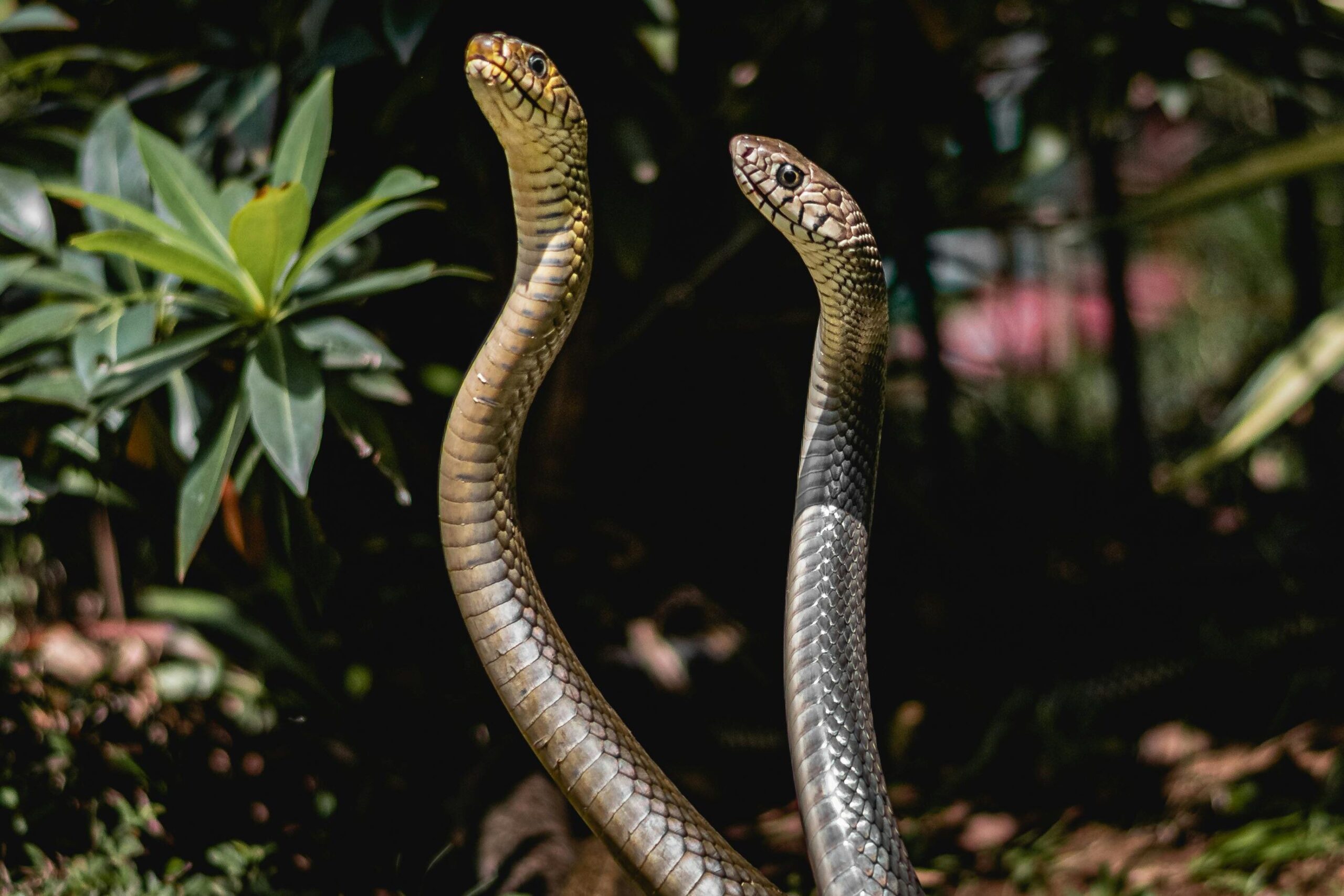
In Alabama, snakes are just as much a part of the landscape as rolling hills and tall pine trees. The state is home to around 40 species of snakes, six of which are venomous, including the infamous cottonmouth. Swamps, forests, and even suburban gardens can all play host to these reptiles, making Alabama a state where you should always watch your step.
Alabamians are no strangers to snake sightings, and most know how to handle an encounter calmly. Still, the state’s humid summers and abundant waterways make it a hotspot for snake activity, especially near creeks or fishing spots. If you’re planning a visit, being aware of your surroundings and avoiding tall grass or fallen logs is a must. Alabama might be rich in Southern charm, but its snake population is a reminder that nature here is untamed.
8. Mississippi: Where Snakes Love the Swamps
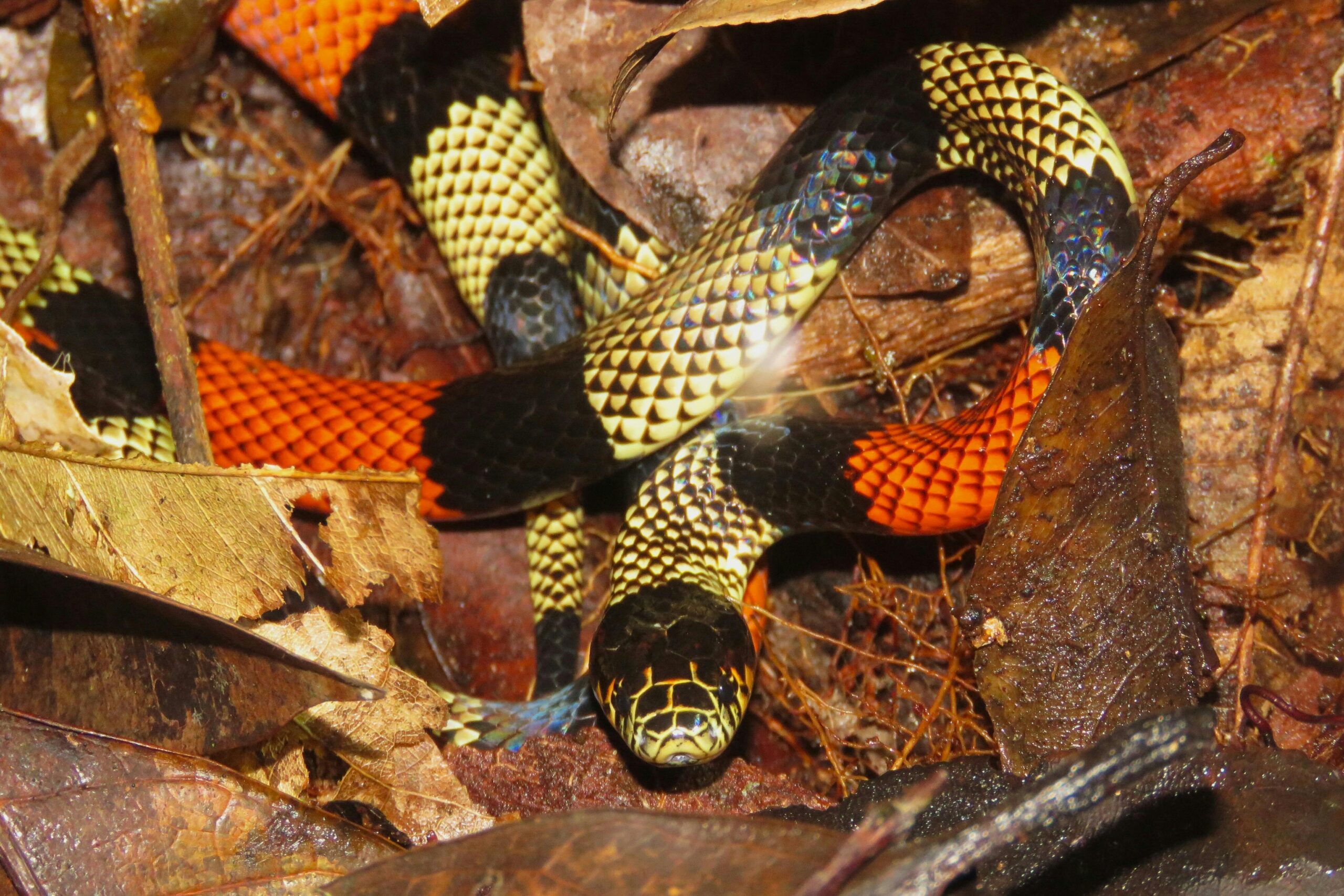
Mississippi is another Southern state where snakes thrive in abundance. The region’s swampy terrain and warm climate make it a haven for reptiles, including the venomous eastern diamondback rattlesnake and coral snake. Encounters with snakes are common in rural areas, particularly near rivers and wooded regions.
For Mississippians, snakes are a fact of life, and most residents have their own stories of surprise encounters. Whether it’s finding one in a backyard or spotting one while fishing, locals know the drill: respect the snakes and they’ll leave you alone. For visitors, though, the idea of snakes lurking in the shadows can be unnerving. If you’re planning a trip to Mississippi, it’s best to be cautious and stay informed about the local wildlife.
9. Oklahoma: Tornadoes and Snakes, A Double Threat
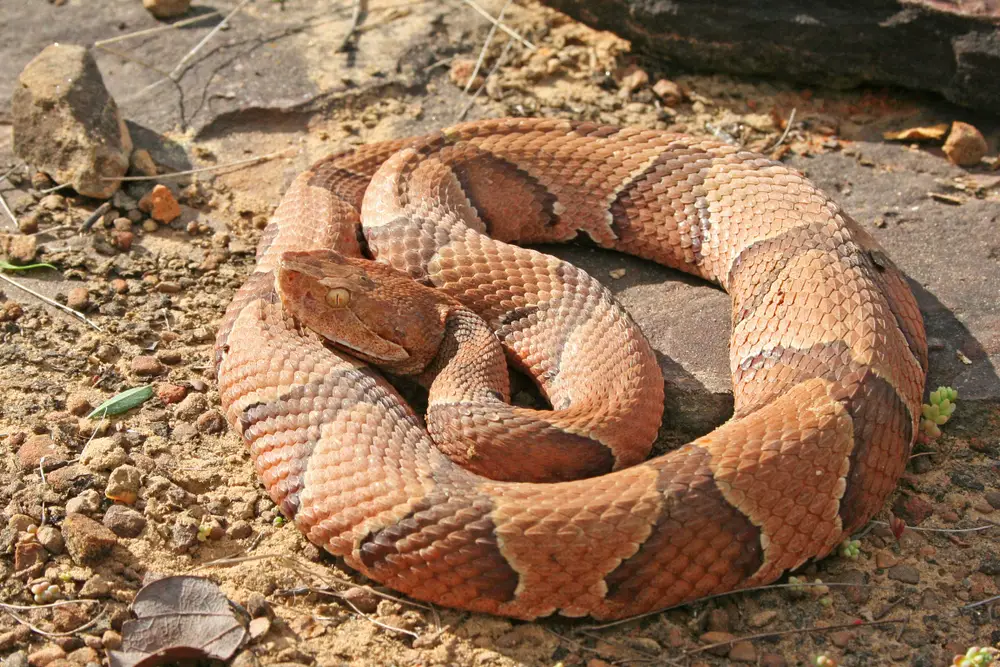
Oklahoma might be famous for its tornadoes, but it also has a surprising number of snakes. The state is home to a variety of species, including venomous ones like the western diamondback rattlesnake and copperhead. Oklahoma’s mix of plains, forests, and waterways provides ideal habitats for these reptiles, making snake encounters a regular occurrence for residents.
Hikers and outdoor enthusiasts in Oklahoma often carry snakebite kits as a precaution, especially during the summer months when snakes are more active. While the chances of being bitten are low, the state’s reputation for having “hidden dangers” makes it a place where vigilance is key. Oklahoma may not be crawling with snakes to the same extent as Florida or Texas, but the ones that do live here are not to be underestimated.
10. Nevada: Snakes in the Sands
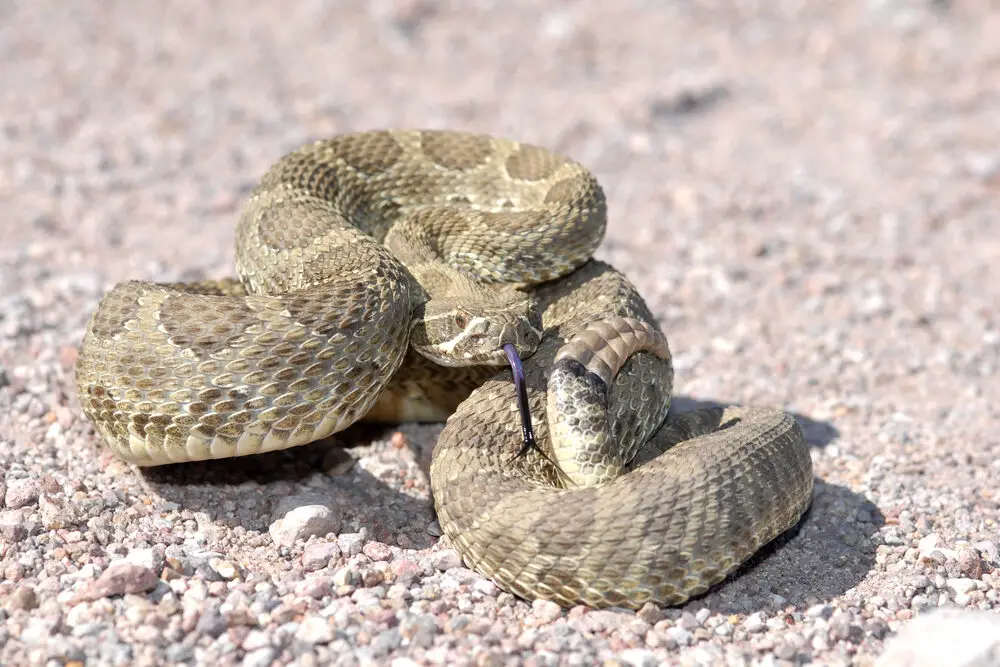
Nevada’s desert landscapes may seem barren, but they’re far from empty—snakes thrive in the arid climate. The state is home to species like the Mojave green rattlesnake, known for its particularly potent venom. While the majority of Nevada’s snakes are harmless, the venomous ones are enough to give hikers and campers pause.
Snakes in Nevada are most active during the cooler parts of the day, such as early morning or evening. Locals know to check their boots, tents, and even cars for unexpected visitors. Tourists, on the other hand, might find Nevada’s snakes an added layer of danger in an already rugged environment. If you’re exploring Nevada’s natural beauty, staying alert and wearing protective gear can go a long way in ensuring a safe trip.
11. North Carolina: A Snake in Every Backyard
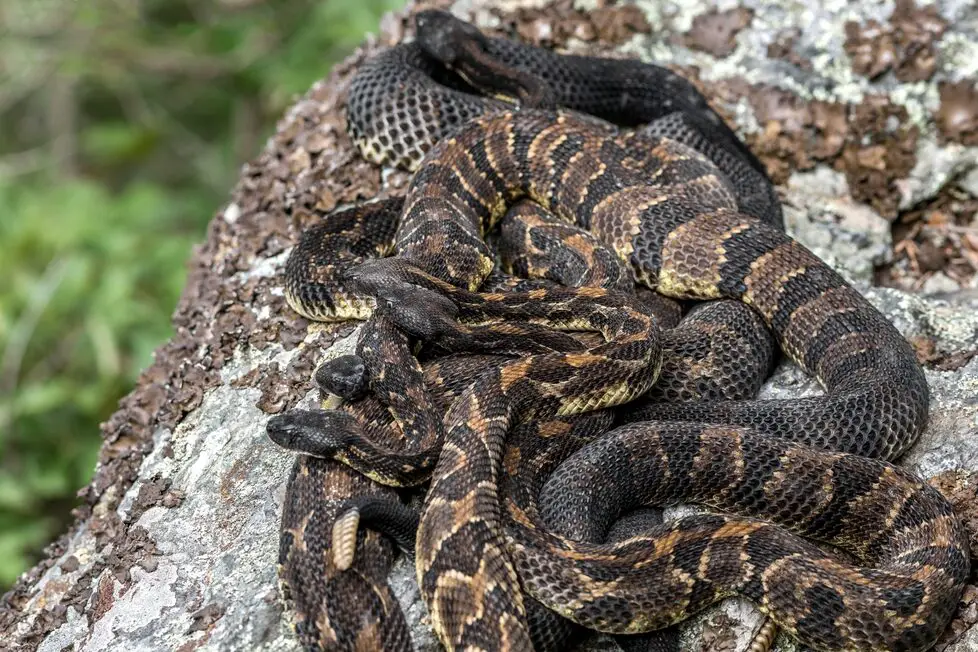
North Carolina’s diverse geography, from the Appalachian Mountains to the coastal plains, makes it a perfect home for snakes. The state boasts over 30 species, including venomous ones like the copperhead and timber rattlesnake. Snake sightings are common in suburban gardens, wooded trails, and even beachfront areas, making it a state where you’re never far from one of these slithering creatures.
For residents, encountering a snake is just another part of life in North Carolina. Most locals learn to identify the common species and know how to handle encounters safely. Tourists, however, may find the frequent sightings unsettling, especially if they’re not used to snakes. If you’re planning to visit North Carolina, sticking to well-maintained paths and avoiding dense undergrowth is a good way to minimize risks.
12. South Carolina: A Southern Haven for Slithering Species
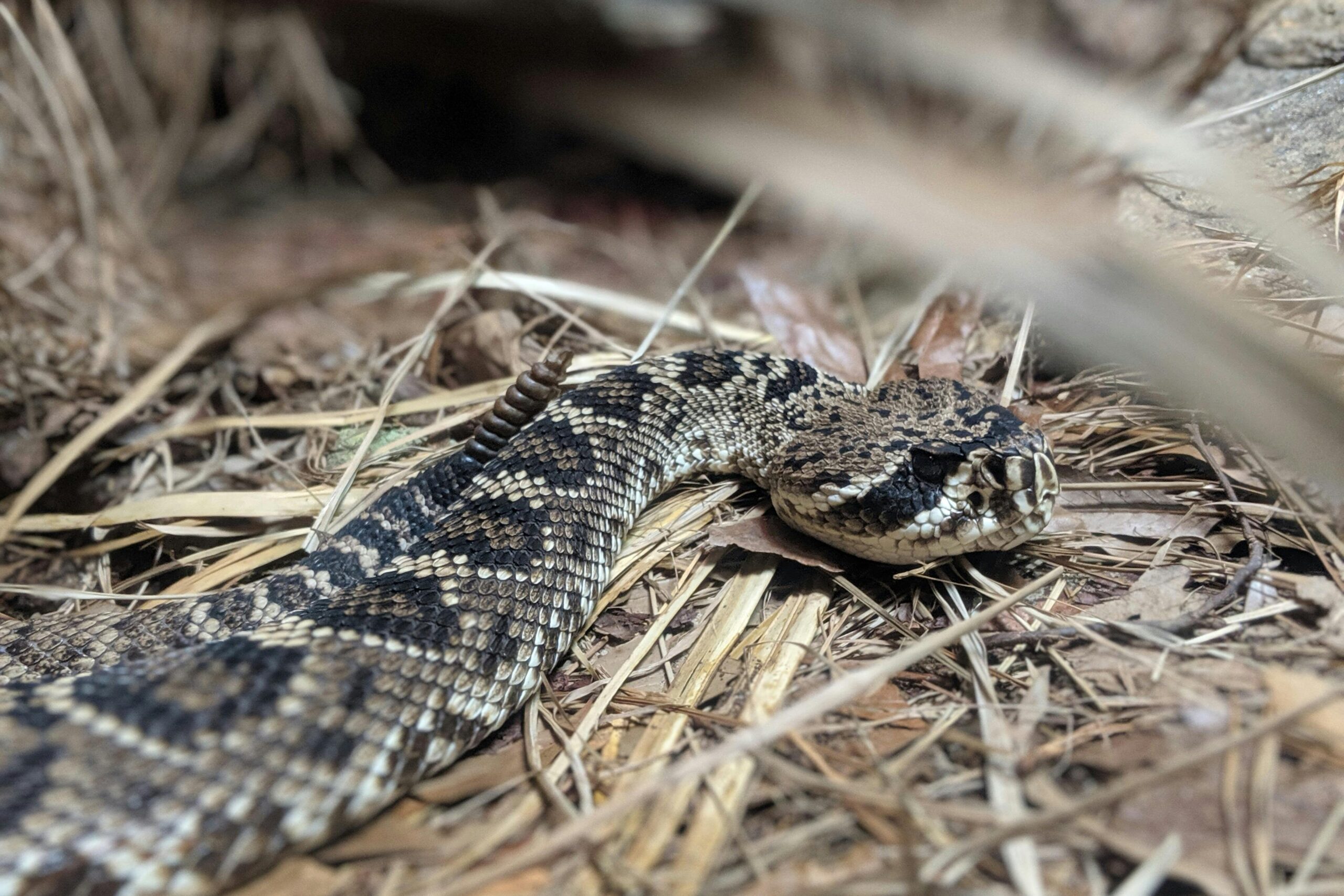
South Carolina, with its mix of coastal marshes, forests, and swamps, is a perfect habitat for snakes. The state is home to 38 species, including six venomous ones: copperheads, cottonmouths, Eastern diamondback rattlesnakes, timber rattlesnakes, pygmy rattlesnakes, and coral snakes. The sandy terrain near the coast and the wetlands of the Lowcountry are prime areas for spotting these reptiles. The Eastern diamondback, one of the largest venomous snakes in North America, particularly thrives here, making South Carolina a state to tread lightly in if you’re exploring nature.
What makes South Carolina noteworthy is the frequency of snake sightings in suburban areas. Warm weather draws snakes out of hiding, and they often wander into backyards or golf courses. Copperheads are particularly common, and their excellent camouflage can make them hard to spot in the underbrush or leaf litter. Visitors and residents alike are advised to watch where they step, especially during the summer when snake activity peaks. South Carolina’s snake population serves as a reminder of the untamed beauty of the South—and the respect it commands.
13. Missouri: The Gateway to Snake Encounters
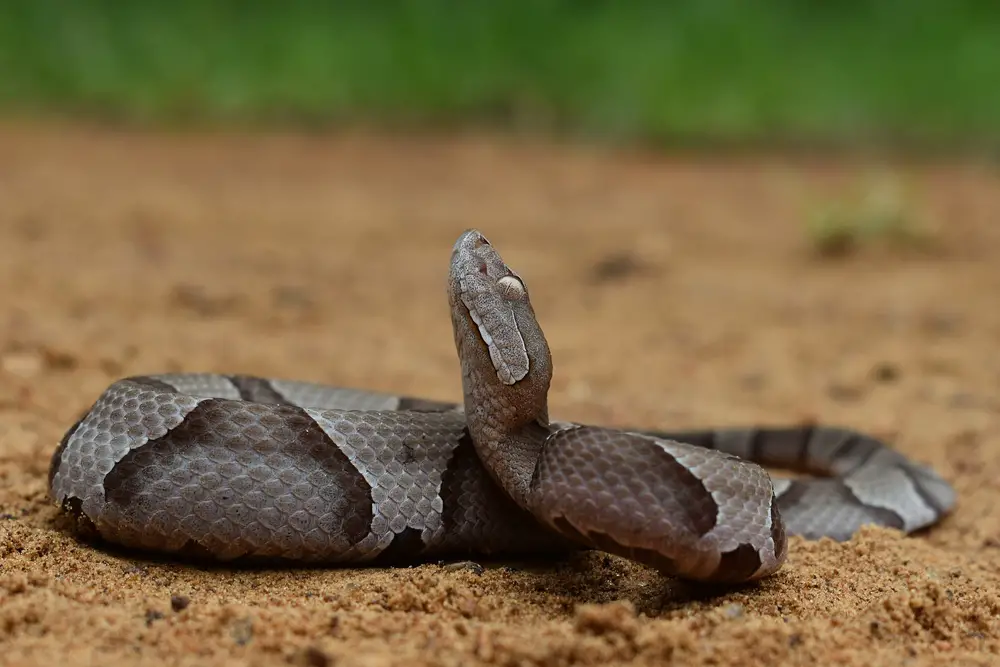
Missouri’s rolling hills, forests, and riverbanks make it a diverse ecosystem for snakes, with over 40 species calling the state home. Of these, five are venomous, including copperheads, cottonmouths, timber rattlesnakes, and two types of pygmy rattlesnakes. The Ozarks, with their rocky bluffs and dense forests, are particularly snake-heavy. Copperheads are the most frequently encountered venomous species in Missouri, often found near wooded areas or rocky outcroppings.
Despite its reputation for wildlife, Missouri is not always associated with snakes—but perhaps it should be. Encounters are common on hiking trails, near lakes, or even in residential gardens bordering forests. Missouri’s snakes are generally not aggressive but will defend themselves if disturbed. For adventurers exploring the state’s scenic beauty, keeping an eye on the ground is essential. Whether it’s spotting a harmless garter snake or avoiding a rattlesnake’s defensive rattle, Missouri’s snakes remind everyone to respect the wild and be aware of their surroundings.


